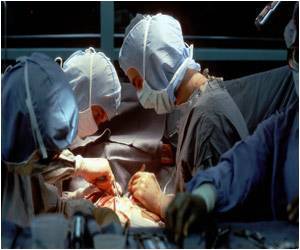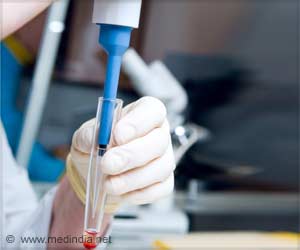For the first time a study shows that X-ray lasers can be used to generate a complete 3-D model of a protein without any prior knowledge of its structure.

The experiment proves that X-ray lasers can play a leading role in studying important biomolecules of unknown structure. The special attributes of LCLS, which allow the study of very small crystals, could cement its role in hunting down many important biological structures that have so far remained out of reach because they form crystals too small for analysis with conventional X-ray sources.
"Determining protein structures using X-ray lasers requires averaging a gigantic amount of data to get a sufficiently accurate signal, and people wondered if this really could be done," said Thomas Barends, a staff scientist at the Max Planck Institute for Medical Research in Germany who participated in the research. "Now we have experimental evidence. This really opens the door to new discoveries."
Collaborators from SLAC and Arizona State University also participated in the research, which was published Nov. 24 in Nature.
Source-Eurekalert













